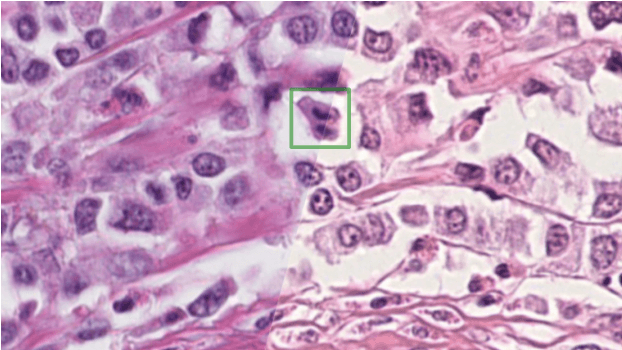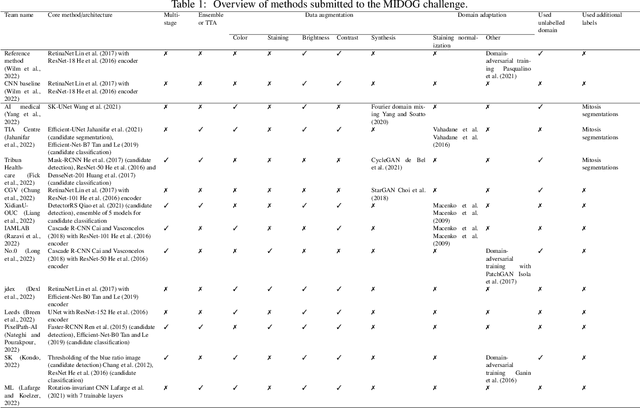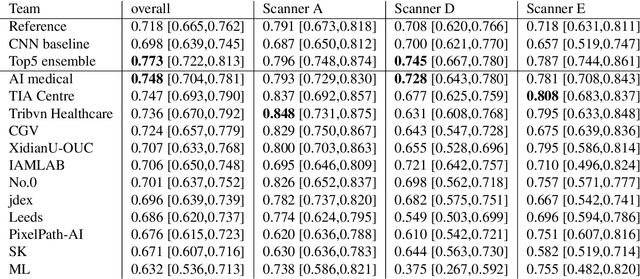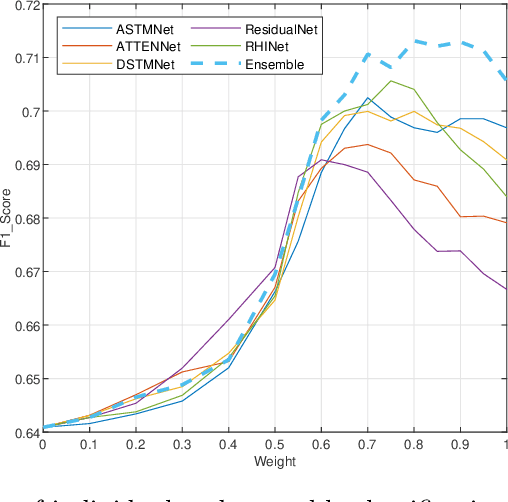Jingtang Liang
Image Harmonization with Region-wise Contrastive Learning
May 27, 2022



Abstract:Image harmonization task aims at harmonizing different composite foreground regions according to specific background image. Previous methods would rather focus on improving the reconstruction ability of the generator by some internal enhancements such as attention, adaptive normalization and light adjustment, $etc.$. However, they pay less attention to discriminating the foreground and background appearance features within a restricted generator, which becomes a new challenge in image harmonization task. In this paper, we propose a novel image harmonization framework with external style fusion and region-wise contrastive learning scheme. For the external style fusion, we leverage the external background appearance from the encoder as the style reference to generate harmonized foreground in the decoder. This approach enhances the harmonization ability of the decoder by external background guidance. Moreover, for the contrastive learning scheme, we design a region-wise contrastive loss function for image harmonization task. Specifically, we first introduce a straight-forward samples generation method that selects negative samples from the output harmonized foreground region and selects positive samples from the ground-truth background region. Our method attempts to bring together corresponding positive and negative samples by maximizing the mutual information between the foreground and background styles, which desirably makes our harmonization network more robust to discriminate the foreground and background style features when harmonizing composite images. Extensive experiments on the benchmark datasets show that our method can achieve a clear improvement in harmonization quality and demonstrate the good generalization capability in real-scenario applications.
Mitosis domain generalization in histopathology images -- The MIDOG challenge
Apr 06, 2022



Abstract:The density of mitotic figures within tumor tissue is known to be highly correlated with tumor proliferation and thus is an important marker in tumor grading. Recognition of mitotic figures by pathologists is known to be subject to a strong inter-rater bias, which limits the prognostic value. State-of-the-art deep learning methods can support the expert in this assessment but are known to strongly deteriorate when applied in a different clinical environment than was used for training. One decisive component in the underlying domain shift has been identified as the variability caused by using different whole slide scanners. The goal of the MICCAI MIDOG 2021 challenge has been to propose and evaluate methods that counter this domain shift and derive scanner-agnostic mitosis detection algorithms. The challenge used a training set of 200 cases, split across four scanning systems. As a test set, an additional 100 cases split across four scanning systems, including two previously unseen scanners, were given. The best approaches performed on an expert level, with the winning algorithm yielding an F_1 score of 0.748 (CI95: 0.704-0.781). In this paper, we evaluate and compare the approaches that were submitted to the challenge and identify methodological factors contributing to better performance.
Spatial-Separated Curve Rendering Network for Efficient and High-Resolution Image Harmonization
Sep 20, 2021



Abstract:Image harmonization aims to modify the color of the composited region with respect to the specific background. Previous works model this task as a pixel-wise image-to-image translation using UNet family structures. However, the model size and computational cost limit the performability of their models on edge devices and higher-resolution images. To this end, we propose a novel spatial-separated curve rendering network (S$^2$CRNet) for efficient and high-resolution image harmonization for the first time. In S$^2$CRNet, we firstly extract the spatial-separated embeddings from the thumbnails of the masked foreground and background individually. Then, we design a curve rendering module (CRM), which learns and combines the spatial-specific knowledge using linear layers to generate the parameters of the pixel-wise curve mapping in the foreground region. Finally, we directly render the original high-resolution images using the learned color curve. Besides, we also make two extensions of the proposed framework via the Cascaded-CRM and Semantic-CRM for cascaded refinement and semantic guidance, respectively. Experiments show that the proposed method reduces more than 90% parameters compared with previous methods but still achieves the state-of-the-art performance on both synthesized iHarmony4 and real-world DIH test set. Moreover, our method can work smoothly on higher resolution images in real-time which is more than 10$\times$ faster than the existing methods. The code and pre-trained models will be made available and released at https://github.com/stefanLeong/S2CRNet.
Detecting Mitosis against Domain Shift using a Fused Detector and Deep Ensemble Classification Model for MIDOG Challenge
Aug 31, 2021


Abstract:Mitotic figure count is an important marker of tumor proliferation and has been shown to be associated with patients' prognosis. Deep learning based mitotic figure detection methods have been utilized to automatically locate the cell in mitosis using hematoxylin \& eosin (H\&E) stained images. However, the model performance deteriorates due to the large variation of color tone and intensity in H\&E images. In this work, we proposed a two stage mitotic figure detection framework by fusing a detector and a deep ensemble classification model. To alleviate the impact of color variation in H\&E images, we utilize both stain normalization and data augmentation, aiding model to learn color irrelevant features. The proposed model obtains an F1 score of 0.7550 on the preliminary testing set released by the MIDOG challenge.
 Add to Chrome
Add to Chrome Add to Firefox
Add to Firefox Add to Edge
Add to Edge